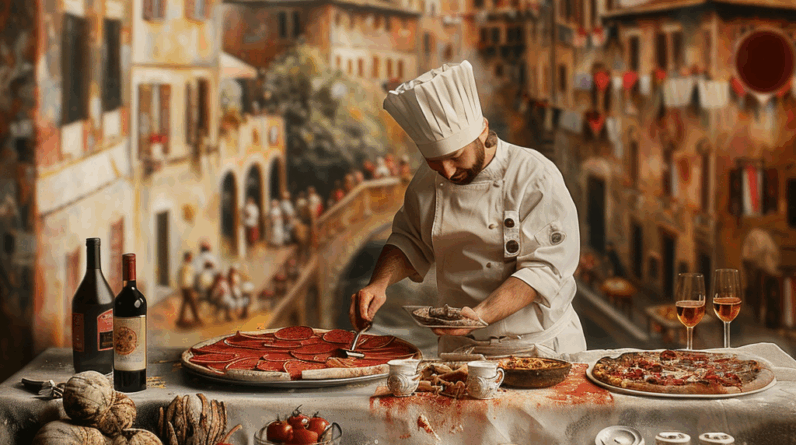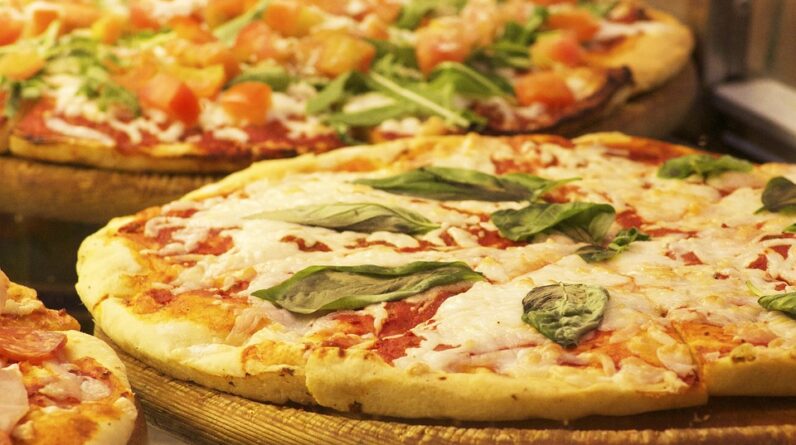Italy is a nation renowned for its rich vinicultural heritage, producing some of the world’s finest wines. Among the myriad techniques that contribute to the unique characteristics of these wines, barrel aging holds a special place. This ancient practice is central to the vinification process in many Italian regions, bringing a harmonious complexity and richness to various wine styles. In this article, we will delve into the world of Italian barrel-aged wines, exploring traditional and modern techniques, their impact on flavor, and much more.
The Significance of Barrel Aging in Italian Wine
Barrel aging plays a crucial role in the production of many Italian wines, particularly in renowned regions such as Tuscany, Piedmont, and Veneto. The process involves transferring freshly fermented wine into wooden barrels, generally made of oak, where it undergoes a transformative maturation process. The interaction between the wine and the wood contributes to the depth of flavor, aroma, and stability of the final product.
Traditional Oak Barrels
Historically, oak barrels have been the preferred containers for aging wines. In Italy, two primary types of oak are commonly used: French oak and Slavonian oak. French oak, known for its tighter grain, imparts more distinct flavors, such as vanilla and spice, while Slavonian oak, with its broader grain, offers a more subtle influence, adding earthy and herbal notes.
Barriques vs. Botte
The size of the barrel is also essential in wine aging. Smaller barrels, known as barriques (typically holding 225 liters), facilitate faster extraction of flavors from the wood. This technique is often employed in regions like Bordeaux, which has influenced winemaking practices in Italy. On the other hand, large barrels (known as botte) are often used in traditional Italian winemaking, especially in regions like Tuscany and Piedmont. These larger barrels allow for a more gradual maturation process and a gentler infusion of oak flavors, resulting in a more nuanced and harmonious wine.
Modern Techniques
While traditional barrel aging remains vital, modern winemakers in Italy are increasingly experimenting with innovative aging techniques that challenge conventional practices. One such method is the use of new-age materials, such as ceramic eggs and stainless steel, which do not impart any flavors but facilitate the development of texture and complexity in wines.
Micro-oxygenation
Micro-oxygenation is another modern technique that has gained popularity. By carefully regulating the amount of oxygen that permeates the wine during aging, winemakers can enhance the tannin structure and flavor profile without the woody characteristics associated with barrel aging. This technique allows for greater precision in crafting wines that appeal to contemporary palates while still honoring traditional methods.
Popular Italian Barrel-Aged Wine Varieties
Several Italian wines are particularly notable for their barrel aging, each showcasing the unique influence of the technique.
Barolo
Renowned as the “king of wines,” Barolo is made from the Nebbiolo grape in the Piedmont region. It typically ages for a minimum of 38 months, with a significant portion spent in large oak barrels. The result is a wine with complex aromas of tar, roses, and dark fruits, showcasing refined tannins and exceptional aging potential.
Brunello di Montalcino
Brunello di Montalcino, produced from the Sangiovese grape, is another iconic Italian wine characterized by its age-worthiness and depth. It is aged for at least five years, with at least two in wooden barrels, usually a combination of large and small oak. This aging process allows it to develop intense flavors of cherry, tobacco, and leather.
Amarone della Valpolicella
In Veneto, Amarone della Valpolicella is a fascinating example of barrel aging combined with unique production methods. Made from partially dried grapes, this wine undergoes a lengthy aging process in large barrels, resulting in a full-bodied, rich profile with notes of dried fruits, spices, and chocolate.
Soave
Soave, a white wine from the Veneto region, also benefits from barrel aging, providing a delightful complexity. Some producers utilize oak barrels for aging to infuse additional flavors, creating a more textured and layered wine that contrasts with the region’s typically crisp and fresh profile.
Factors Influencing Barrel Aging
Several variables affect the outcome of barrel-aged wines, including:
Barrel Age and Toasting
The age of the barrel and the level of toasting (the process of charring the insides of the barrel) can significantly influence the wine’s flavor. New barrels impart stronger flavors compared to used barrels, which offer subtler complexities. Winemakers must carefully select the type and treatment of the barrel to achieve the desired profile for each wine.
Climate and Terroir
The climate and terroir of the vineyard also play a critical role in barrel aging. Warmer climates can accelerate the aging process, while cooler conditions may slow it down, allowing the wines to develop more nuanced flavors over time.
The Future of Barrel-Aged Wines in Italy
As Italian winemakers continue to seek innovation and sustainability, the future of barrel-aged wines holds exciting possibilities. Many producers are exploring alternative aging vessels, such as amphorae and concrete, which enhance the wine’s mineral character without overpowering it with oak.
Sustainability Initiatives
Amid rising environmental concerns, the Italian wine industry is increasingly adopting sustainable practices. These include the use of environmentally friendly oak sourcing and approaches that aim to minimize waste and energy consumption in production. This movement aligns with a growing consumer demand for ethically produced wines that prioritize ecological impact.
FAQs About Italian Barrel-Aged Wines
What is barrel aging, and why is it important in Italian wines?
Barrel aging is the process of aging wine in wooden barrels, primarily oak, to enhance its flavor, aroma, and texture. This process adds complexity to the wine and helps round out its tannins, making it smoother and more enjoyable.
How long do Italian wines typically age in barrels?
The aging duration varies by wine type and style, with some wines such as Brunello di Montalcino requiring at least two years, while Barolo may age for three years or longer. Some wines may be aged for a decade or more, enhancing their flavor complexity.
What types of oak are used for aging wines in Italy?
The two most common types of oak used in Italy are French oak (which offers more pronounced flavors) and Slavonian oak (which provides a subtler influence). The choice of oak can significantly affect the final wine product.
Are all Italian wines barrel-aged?
Not all Italian wines are barrel-aged. While many prestigious wines benefit from this method, some wines are bottled immediately after fermentation to preserve their fresh character, such as many young white wines and some light reds.
How can I best enjoy barrel-aged Italian wines?
To enjoy barrel-aged Italian wines, consider decanting them for an hour or more before serving to help release their flavors. Serve them at the appropriate temperature; for reds, this typically ranges from 60-65°F, while whites are best between 45-50°F. Pairing these wines with rich foods can further enhance their complexity.
What future trends should we look for in Italian barrel-aged wines?
Future trends in Italian barrel-aged wines may include a focus on sustainability, innovative aging techniques, and an exploration of lesser-known grape varieties. As the wine industry evolves, we can expect exciting developments that celebrate tradition while embracing modernity.
Conclusion
Italian barrel-aged wines encapsulate the rich heritage of winemaking in Italy while adapting to modern tastes and techniques. These wines tell stories of the land, the grape, and the artistry of the winemaker, capturing the essence of Italy’s diverse terroirs. Whether you are a seasoned connoisseur or a curious novice, exploring the world of barrel-aged Italian wines promises an enriching journey into the heart of one of the world’s most celebrated wine cultures.
If you enjoyed this article and want to learn more about Italian Cuisine, please visit https://pizzapartiesofamerica.com/








